Are you in the market for a roof replacement? With multiple roofing materials available, you may wonder which option you should opt for. From traditional asphalt shingles to wood shake, each type of roofing material comes with its own set of pros and cons.
Metal roofs are beginning to become the preferred option for many homeowners, but there are still those who do not know about their many benefits when used on residences. From noise control to a shack-like aesthetic, many homeowners get a certain picture in mind when they think of “metal roof.” As a result, they are hesitant to invest in a metal roof’s incredible qualities, unparalleled longevity, and environmental friendliness. The most common reason for this apprehension is due to the pervasive and common myths that surround metal roofing.
However, those myths are just that: myths. The quality of metal roofs bursts through these misconceptions easily – but what is fact and what is fiction? Here are some simple facts to dispel the myths associated with choosing a metal roof on your home.
In This Article
Myth #1: “I don’t want to hear every drop fall when it rains.”
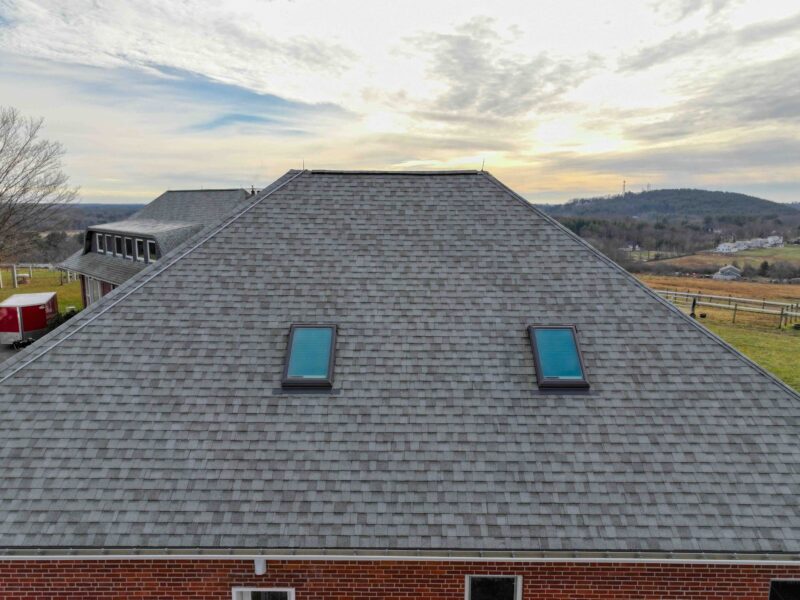
When thinking about metal roofing, many people envision a tin-roof shack that shakes with each drop of rain. However, this image is not accurate to what a metal roof can be today – and despite this being one of the first concerns about metal roofing for consumers, it is a completely untrue assumption.
On average, metal roofing, particularly high-quality steel shingle options, can achieve an even greater level of noise reduction than other traditional types of roofing. The key determining factor with noise level of metal roofing is installation. If properly installed with a sheathing underneath, as well as insulation – sometimes on top of the previous roof – the chance for noise gets significantly lower with more layers.
Myth #2: “I’d get a metal roof but it’s way too expensive.”
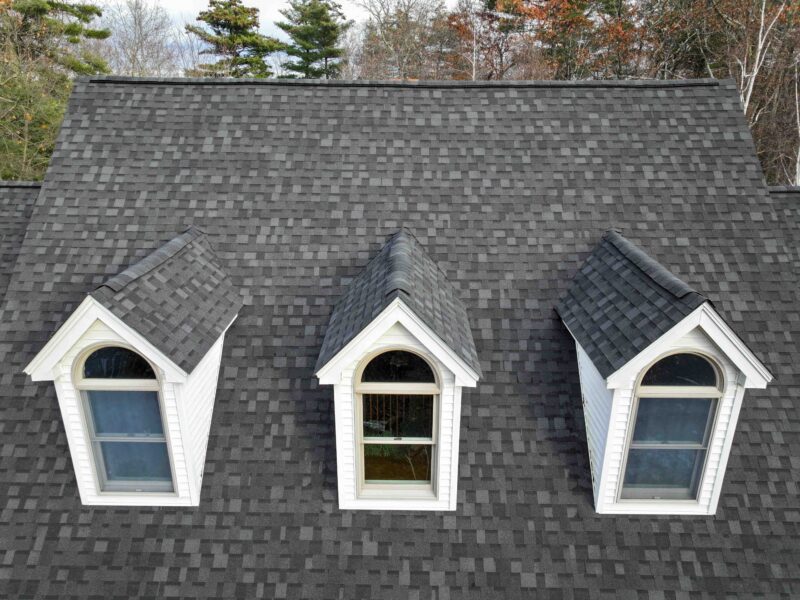
Many homeowners hesitate to invest in a metal roof due to the potential for a high up-front cost – but it’s important to remember that a metal roof is just that: an investment. While the up-front cost of a roof might be more expensive than more traditional materials, you must also consider, along with the price, that you are getting a long-term investment as opposed to just a roof. Metal roofs can last up to 50 years, and many metal roofers offer a lifetime warranty for materials and labor. They are that sure that your metal roof will last as long as your home, making it much more affordable than other materials in the long run.
For example, consider a traditional asphalt roof. This roofing style attracts many homeowners due to the ease of installation and affordable initial cost. While it might be cheaper to buy the materials and the installation, these roofs are typically only rated for a maximum of 30 years.
Conversely, you can enjoy your metal roof (with minimal potential for damage) for at least 50 years – plus the lifetime warranty that many metal roofing products offer. For a metal roof, the need for repair and upkeep is minimal, reducing ongoing costs for repairs, maintenance, and regular inspections.
Beyond the longevity of the product, metal roofs may increase the value of your home, adding profit in the event you sell your home. Metal roofs are extremely durable and last for a long time, making them an attractive selling point in the housing market. When you install a metal roof, you can receive a higher amount of money when you sell than with an asphalt roof.
Myth #3: “I don’t want my home to be struck by lightning!”
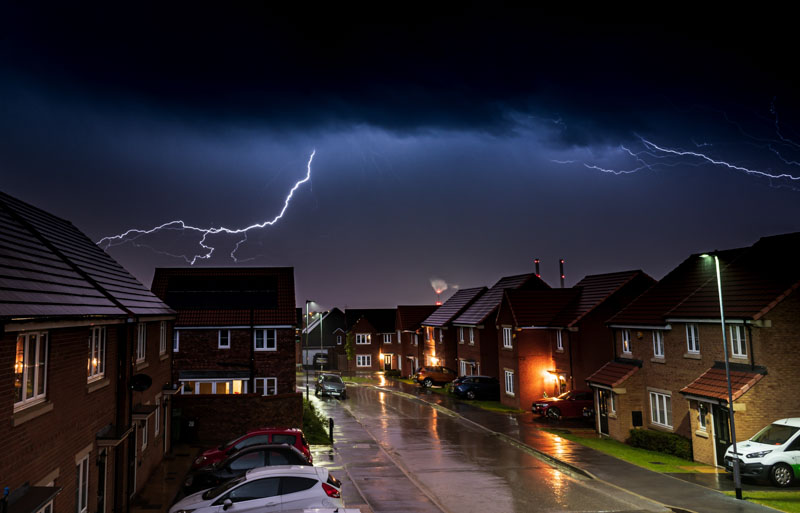
The myth most likely comes from the presence of lightning rods on many roofs to avoid damage to the home by lightning. Because manufacturers craft these lightning rods out of metal, many homeowners think they attract lightning. However, this is not the case. Lightning rods do not attract the lightning, as noted above, but rather the rod works as a conductor and allows the lightning to travel safely to the ground, should lightning hit. Your metal roof will not conduct any electricity and will stay safe in the event of a lightning strike.
Myth #4: “I don’t think it will look very good on my home.”

When you think about metal roofing, it is more than likely you’re thinking about a roof on a lean-to or shed, or perhaps a barn or warehouse. When you think about these structures, you probably conjure up the same flat, plain metallic silver color in your mind. In addition, you may believe that your metal roof will retain these same qualities on your home.
However, metal roofs today are not limited to these design options. The design possibilities are vast when it comes to metal roofs. As roofing technology has progressed over the years, so have the options available with roofing. If you can think of a color, you can apply that color to metal roofing. You can even choose to mimic other types of roof styles to fit your tastes with the benefit of still being a metal roof.
You can choose bright, bold colors for your metal roof or a lighter neutral color for a timeless, classic look. You can choose a color and style that complements your home’s existing colors, create a beautiful contrast, or match your neighborhood style – the possibilities are truly up to you!
Myth #5: “It won’t hold up under inclement and extreme weather.”
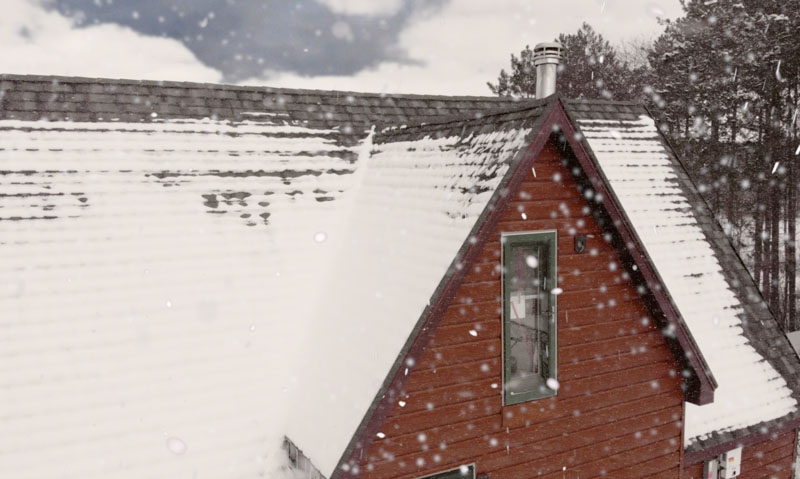
Many people believe that metal roofs will fly off the house during extreme weather. However, many metal roofs have certifications that prove their strength during high winds, heavy rain, and other inclement weather conditions. Pound for pound, metal is by far the better option for survivability during a storm, even one as severe as a hurricane. For this reason, most residents in Florida or other high hurricane risk states will use metal roofs on their homes as opposed to other materials.
While all roofing materials will experience damage during extreme weather, you retain greater protection with a metal roof. Metal roofs can also withstand the beating of hail and the intense weight of snow and ice. With this myth dispelled, it’s little wonder why it is the primary choice for people in states with extreme weather.
Myth #6: “My house will get extremely hot in the summer and super cold in the winter.”
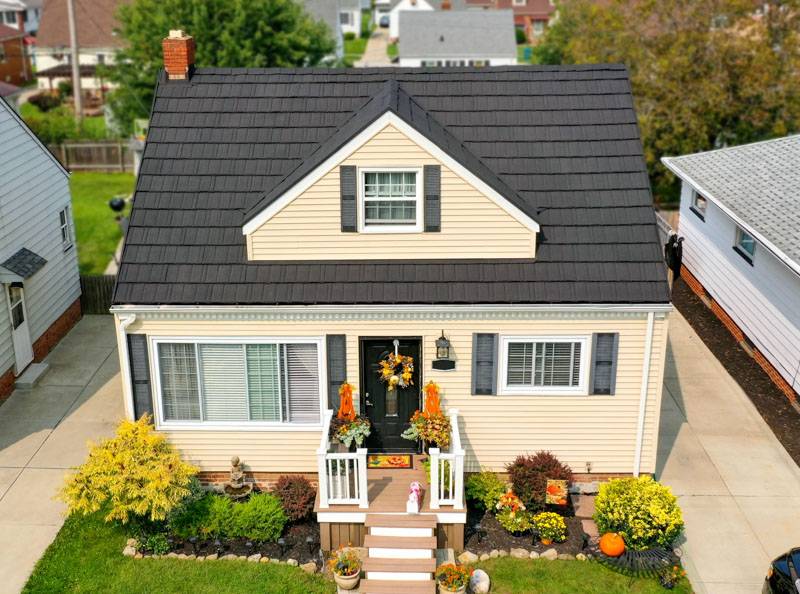
This myth comes from what happens to cars in the heat; as the sun shines on a car for a long period of time, the inside of the car heats up significantly to baking temperatures. The reason for this is due more to the windows than the metal of the car.
In fact, Energy Star designated metal roofs as “Cool Roofs” due to the advances in technology through the design of high-emissive metal paneling. Compared to asphalt, even unpainted metal roofs will reflect the sun whereas asphalt will absorb and hold heat in.
While a metal roof will keep your home cooler in the summer, that doesn’t mean it makes a home cold in the winter too. The insulation below a roof moderates the temperature of the house in the winter and keeps the chill out.
Myth #7: “If I needed to get up on my roof, it wouldn’t be safe to walk on a metal roof.”
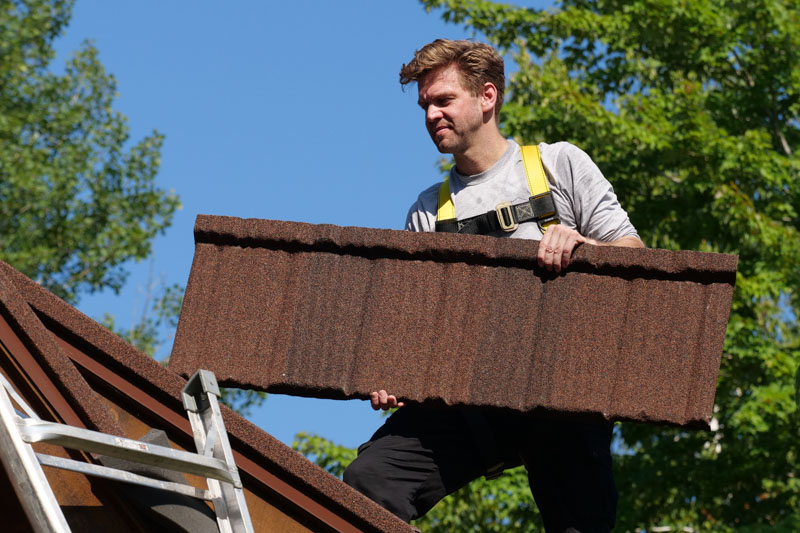
Getting on a roof is not generally a good idea but if you absolutely need to walk on the roof, there are safe and effective ways of doing so. The best way is to have a professional with special shoes get on your roof for whatever reason you need. If you need to get on your roof yourself, it is best to call a contractor or manufacturer to ask about how to best avoid damage.
Additional Advantages of Metal Roofs
Metal roofs are incredibly durable, long-lasting, and one of the top choices for your roof replacement that you can invest in. Now that we’ve dispelled a few myths about this roofing material, let’s discuss some of its advantages.
● Metal roofs are some of the most sustainable and eco-friendly roofing materials on the market. Most manufacturers make metal roofs out of recycled material, unlike traditional shingles. In addition, metal roofs do not produce the same amount of waste that shingles do – shingles break off easily and you cannot recycle them, leading to higher landfill waste. If you ever decide to get rid of your metal roof, the roofer can melt it down and use it to create other products, including more metal roofs.
● Metal roofs increase your home’s energy efficiency. The reflective, protective finish deflects the sun’s rays and decreases absorption. They provide great insulation to retain heat inside your home and circulation to facilitate the movement of cool air. This means that you will not have to crank up the air conditioning too high during the summer months and you do not have to blast the heat during the winter months. You will see financial returns as well – your energy bill can be significantly lower with a metal roof.
● Metal roofing is extremely lightweight and easy to install, as compared to other roofing materials. Adding excess weight to your home’s roof can lead to caving and other damage. You do not have this problem when you opt for a metal roof.
Metal roofs are safe, long-lasting, durable, cost-effective, energy-efficient, and attractive options to top any home of any style. With these myths dispelled for the last time, the decision to buy a metal roof becomes that much easier.
